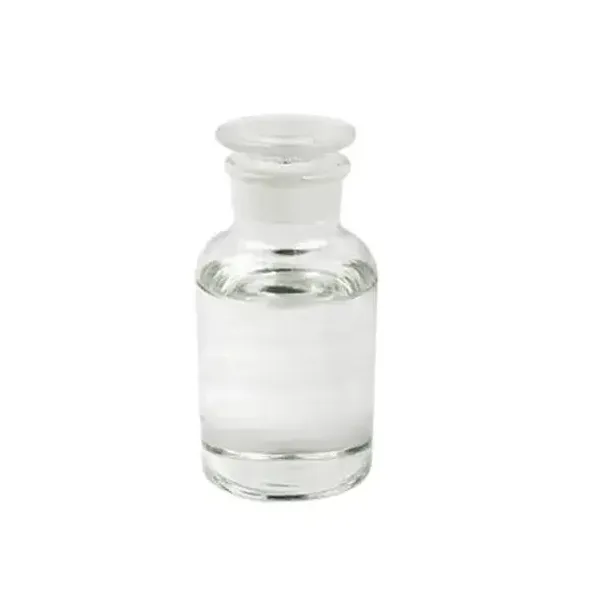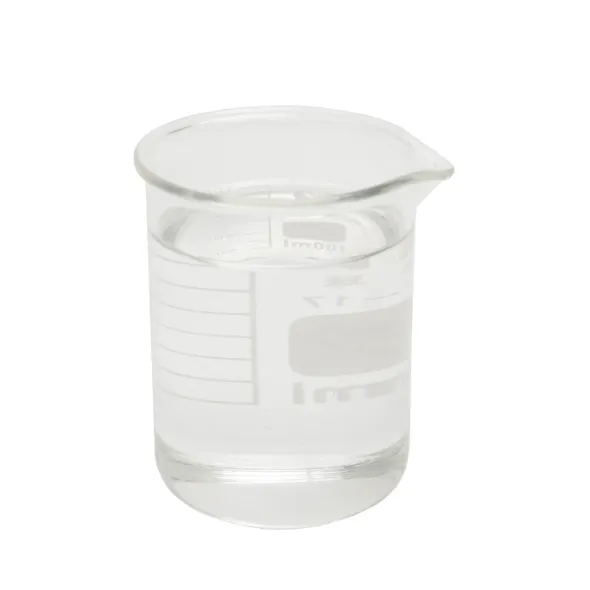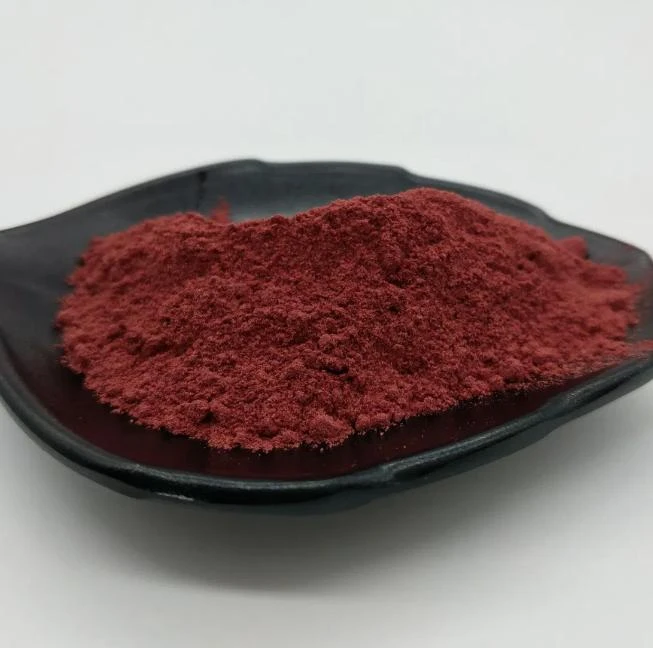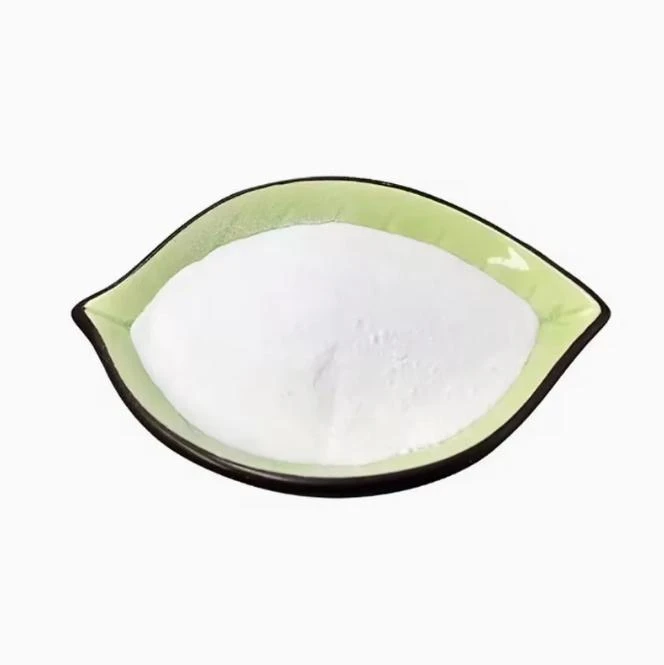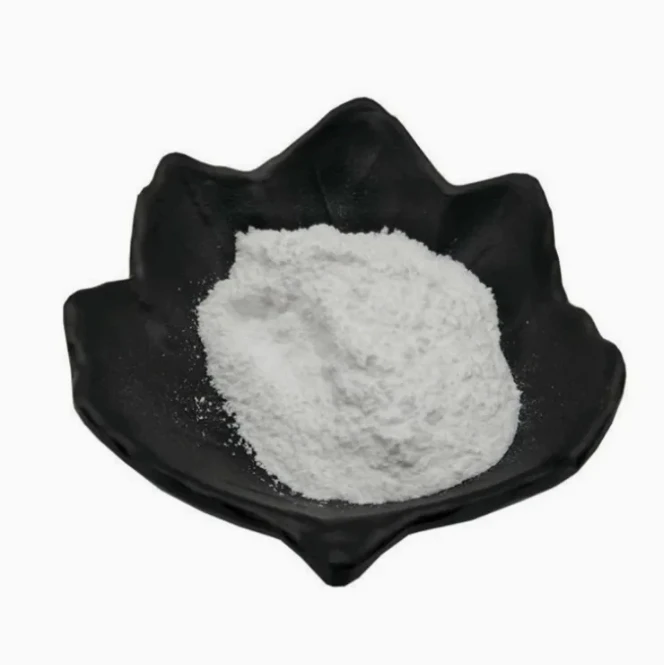Warning: Undefined array key "file" in /home/www/wwwroot/HTML/www.exportstart.com/wp-content/themes/1198/header.php on line 7
Warning: Undefined array key "title" in /home/www/wwwroot/HTML/www.exportstart.com/wp-content/themes/1198/header.php on line 7
Warning: Undefined array key "title" in /home/www/wwwroot/HTML/www.exportstart.com/wp-content/themes/1198/header.php on line 7
- Afrika
- Albania
- Amharic
- Arabic
- Armenian
- Azerbaijani
- Basque
- Belarusian
- Bengali
- Asụsụ Bosnia
- Bulgarian
- Catalan
- Cebuano
- China
- China (Taiwan)
- Corsican
- Asụsụ Croatia
- Czech
- Danish
- Dutch
- Bekee
- Esperanto
- Estonia
- Asụsụ Finnish
- French
- Onye Frisian
- Onye Galisi
- Asụsụ Georgian
- German
- Grik
- Gujarati
- Haitian Creole
- hausa
- Hawaian
- Hibru
- Mba
- Miao
- Asụsụ Hungarian
- Aislandi
- igbo
- Asụsụ Indonesian
- Irish
- Ịtali
- Japanese
- Asụsụ Javanị
- Kannada
- kazakh
- Khmer
- Onye Rwandan
- Korean
- Kurdish
- Kyrgyz
- TB
- Latịn
- Latvia
- Lithuania
- Luxembourgish
- Masedonia
- Malgashi
- Malay
- Malayalam
- Malta
- Maori
- Marathi
- Mongolian
- Myanmar
- Nepali
- Norwegian
- Norwegian
- Occitan
- Pashto
- Asụsụ Persia
- Polish
- Portuguese
- Punjabi
- Romanian
- Russian
- Samoan
- Scottish Gaelic
- Asụsụ Serbian
- Bekee
- Shona
- Sindhi
- Sinhala
- Slovak
- Slovenian
- Somali
- Spanish
- Asụsụ Sudan
- Swahili
- Swedish
- Tagalog
- Tajik
- Tamil
- Tatar
- Telugu
- Thai
- Turkish
- Turkmen
- onye Ukraine
- Urdu
- Uighur
- Uzbek
- Vietnamese
- Welsh
- Enyemaka
- Yiddish
- Yoruba
- Zulu
isocyanic acid CAS 75-13-8
Isocyanates are a class of organic compounds.
Nature:
Isocyanate is a volatile liquid or solid substance, common phenyl isocyanate, methyl isocyanate and so on.
Purpose:
1, they can react with hydroxyl compounds to undergo addition reactions to form urea or uric acid derivatives.
2, isocyanate can also be used as an active compound to participate in organic synthesis reactions, such as the synthesis of polyurethane.
Preparation:
Methods for preparing isocyanates include reacting an amine with a corresponding anhydride or carbonate to produce an imide, and then reacting with carbon monoxide to produce an isocyanate. The corresponding isocyanate can also be obtained by reacting with sodium cyanide.
Safety information:
1, isocyanate has irritating odor and irritating effect, irritating effect on the skin and eyes, need to avoid direct contact.
2. Isocyanate is volatile, and a well-ventilated environment should be maintained during operation.
3, in storage, it should be sealed and stored away from fire sources and oxidants to prevent fire or explosion.




For home appliances, automotive, construction, footwear, furniture, adhesives and other industries. It can activate the surface activity of the fiber to promote the adhesion between the cord, EP canvas, polyester rope and rubber, improve the coating, paint and other difficult to adhere and easy to become yellow, and solve the coloring in the printing and dyeing industry, fading problem
Anyị nwere ọtụtụ ụlọ ọrụ dị elu nke nwere nkwado miri emi, nke nwere ike inye gị ngwaahịa dị elu na ọnụ ahịa asọmpi. Anyị nwekwara ike inye ego maka nnukwu ịzụrụ ihe. Anyị na-akwado ọtụtụ ụlọ ọrụ na-ebuga ibu ndị ọkachamara, nwere ike ịnapụta ngwaahịa n'enweghị nsogbu na aka gị. Oge nnyefe bụ ihe dịka ụbọchị 3-20 mgbe nkwenye nke ịkwụ ụgwọ gasịrị.




| Molecular Formula | CHNO |
| Molar Mass | 43.02 |
| Density | 1.04±0.1 g/cm3(Predicted) |
| Ebe Na-agbaze | -86 °C |
| Boling Point | 41.91°C (rough estimate) |
| Flash Point | <-15℃(闭杯) |
| Vapor Presure | 6750mmHg at 25°C |
| PH | 3.35(1 mM solution);2.76(10 mM solution);2.23(100 mM solution) |
| Refractive Index | 1.4300 (estimate) |
| Physical and Chemical Properties |
generic name of various esters of isocyanic acid. Colorless clear liquid, with strong irritation. Monoisocyanate R-N = C = O and diisocyanate O = C = N-R-N = C = O. Generally a liquid with an unpleasant odor. One isocyanate is easy to react with ammonia or amine to form urea, and is easy to react with alcohol to form urethane (such as urethane). |
| Jiri | For home appliances, automotive, construction, footwear, furniture, adhesives and other industries. It can activate the surface activity of the fiber to promote the adhesion between the cord, EP canvas, polyester rope and rubber, improve the coating, paint and other difficult to adhere and easy to become yellow, and solve the coloring in the printing and dyeing industry, fading problem |

1. Ị bụ ụlọ ọrụ mmepụta ihe ma ọ bụ ụlọ ọrụ ịzụ ahịa?
Anyị bụ ụlọ ọrụ na-ejikọta ụlọ ọrụ na ịzụ ahịa, na-enye ọrụ nkwụsịtụ.OEM nwere ike ịnakwere.
2. Ị na-enye samples? Ọ bụ n'efu ka ọ bụ mgbakwunye?
Free samples. The sample si ibu ego kwesịrị ịkwụ ụgwọ gị n'akụkụ.
3. Ị nwere asambodo ọ bụla metụtara njikwa mma?
ISO 9001: 2008 asambodo iji hụ na ịdị mma.
4. Kedu ihe m ga-enye ka m nweta nhota okwu?
Pls na-agwa anyị ụdị ngwaahịa nke ị chọrọ, iji ọnụ ọgụgụ, adreesị na ihe ndị a chọrọ. A ga-edepụta nkwupụta maka ntinye aka gị n'oge.
5. Kedu ụdị usoro ịkwụ ụgwọ na-amasị gị? Kedu ụdị usoro anabatara?
Usoro nnyefe anabatara: FOB, CFR, CIF, EXW;
Ego ịkwụ ụgwọ anabatara: USD;
Accepted Payment Type: T/T,Western Union; Paypal,BTC
Asụsụ Asụsụ: Bekee.
Ụdị ngwaahịa
-
 May . 13, 20252025 European Fine Chemicals Exhibition in GermanyThe much-anticipated Fine Chemicals Europe 2025 will be held in Germany from June 4 to 5, 2025. The event will bring together industry leaders, innovators and stakeholders in the fine chemicals sector, providing a unique platform for networking, collaboration and showcasing the latest advances in the field.
May . 13, 20252025 European Fine Chemicals Exhibition in GermanyThe much-anticipated Fine Chemicals Europe 2025 will be held in Germany from June 4 to 5, 2025. The event will bring together industry leaders, innovators and stakeholders in the fine chemicals sector, providing a unique platform for networking, collaboration and showcasing the latest advances in the field. -
 May . 07, 20252025 New York Cosmetics Ingredients ExhibitionThe much-anticipated 2025 Cosmetics Ingredients New York will be held at the Javits Center in New York from June 3 to 4, 2025. This event will bring together industry leaders, innovators and enthusiasts from all over the world to discuss the latest trends and advances in the field of cosmetic ingredients.
May . 07, 20252025 New York Cosmetics Ingredients ExhibitionThe much-anticipated 2025 Cosmetics Ingredients New York will be held at the Javits Center in New York from June 3 to 4, 2025. This event will bring together industry leaders, innovators and enthusiasts from all over the world to discuss the latest trends and advances in the field of cosmetic ingredients. -
 Apr . 27, 2025Zibo will host the 2025 International Chemical ExpoZibo, a city known for its thriving chemical industry, will host the 2025 Zibo International Chemical Expo from May 16 to May 18, 2025. This highly anticipated event aims to bring together industry leaders, innovators and stakeholders from around the world to explore the latest advancements and trends in the chemical industry.
Apr . 27, 2025Zibo will host the 2025 International Chemical ExpoZibo, a city known for its thriving chemical industry, will host the 2025 Zibo International Chemical Expo from May 16 to May 18, 2025. This highly anticipated event aims to bring together industry leaders, innovators and stakeholders from around the world to explore the latest advancements and trends in the chemical industry.
isocyanic acid CAS 75-13-8
Isocyanates are a class of organic compounds.
Nature:
Isocyanate is a volatile liquid or solid substance, common phenyl isocyanate, methyl isocyanate and so on.
Purpose:
1, they can react with hydroxyl compounds to undergo addition reactions to form urea or uric acid derivatives.
2, isocyanate can also be used as an active compound to participate in organic synthesis reactions, such as the synthesis of polyurethane.
Preparation:
Methods for preparing isocyanates include reacting an amine with a corresponding anhydride or carbonate to produce an imide, and then reacting with carbon monoxide to produce an isocyanate. The corresponding isocyanate can also be obtained by reacting with sodium cyanide.
Safety information:
1, isocyanate has irritating odor and irritating effect, irritating effect on the skin and eyes, need to avoid direct contact.
2. Isocyanate is volatile, and a well-ventilated environment should be maintained during operation.
3, in storage, it should be sealed and stored away from fire sources and oxidants to prevent fire or explosion.




For home appliances, automotive, construction, footwear, furniture, adhesives and other industries. It can activate the surface activity of the fiber to promote the adhesion between the cord, EP canvas, polyester rope and rubber, improve the coating, paint and other difficult to adhere and easy to become yellow, and solve the coloring in the printing and dyeing industry, fading problem
Anyị nwere ọtụtụ ụlọ ọrụ dị elu nke nwere nkwado miri emi, nke nwere ike inye gị ngwaahịa dị elu na ọnụ ahịa asọmpi. Anyị nwekwara ike inye ego maka nnukwu ịzụrụ ihe. Anyị na-akwado ọtụtụ ụlọ ọrụ na-ebuga ibu ndị ọkachamara, nwere ike ịnapụta ngwaahịa n'enweghị nsogbu na aka gị. Oge nnyefe bụ ihe dịka ụbọchị 3-20 mgbe nkwenye nke ịkwụ ụgwọ gasịrị.




| Molecular Formula | CHNO |
| Molar Mass | 43.02 |
| Density | 1.04±0.1 g/cm3(Predicted) |
| Ebe Na-agbaze | -86 °C |
| Boling Point | 41.91°C (rough estimate) |
| Flash Point | <-15℃(闭杯) |
| Vapor Presure | 6750mmHg at 25°C |
| PH | 3.35(1 mM solution);2.76(10 mM solution);2.23(100 mM solution) |
| Refractive Index | 1.4300 (estimate) |
| Physical and Chemical Properties |
generic name of various esters of isocyanic acid. Colorless clear liquid, with strong irritation. Monoisocyanate R-N = C = O and diisocyanate O = C = N-R-N = C = O. Generally a liquid with an unpleasant odor. One isocyanate is easy to react with ammonia or amine to form urea, and is easy to react with alcohol to form urethane (such as urethane). |
| Jiri | For home appliances, automotive, construction, footwear, furniture, adhesives and other industries. It can activate the surface activity of the fiber to promote the adhesion between the cord, EP canvas, polyester rope and rubber, improve the coating, paint and other difficult to adhere and easy to become yellow, and solve the coloring in the printing and dyeing industry, fading problem |

1. Ị bụ ụlọ ọrụ mmepụta ihe ma ọ bụ ụlọ ọrụ ịzụ ahịa?
Anyị bụ ụlọ ọrụ na-ejikọta ụlọ ọrụ na ịzụ ahịa, na-enye ọrụ nkwụsịtụ.OEM nwere ike ịnakwere.
2. Ị na-enye samples? Ọ bụ n'efu ka ọ bụ mgbakwunye?
Free samples. The sample si ibu ego kwesịrị ịkwụ ụgwọ gị n'akụkụ.
3. Ị nwere asambodo ọ bụla metụtara njikwa mma?
ISO 9001: 2008 asambodo iji hụ na ịdị mma.
4. Kedu ihe m ga-enye ka m nweta nhota okwu?
Pls na-agwa anyị ụdị ngwaahịa nke ị chọrọ, iji ọnụ ọgụgụ, adreesị na ihe ndị a chọrọ. A ga-edepụta nkwupụta maka ntinye aka gị n'oge.
5. Kedu ụdị usoro ịkwụ ụgwọ na-amasị gị? Kedu ụdị usoro anabatara?
Usoro nnyefe anabatara: FOB, CFR, CIF, EXW;
Ego ịkwụ ụgwọ anabatara: USD;
Accepted Payment Type: T/T,Western Union; Paypal,BTC
Asụsụ Asụsụ: Bekee.
Ụdị ngwaahịa
-
 May . 13, 20252025 European Fine Chemicals Exhibition in GermanyThe much-anticipated Fine Chemicals Europe 2025 will be held in Germany from June 4 to 5, 2025. The event will bring together industry leaders, innovators and stakeholders in the fine chemicals sector, providing a unique platform for networking, collaboration and showcasing the latest advances in the field.
May . 13, 20252025 European Fine Chemicals Exhibition in GermanyThe much-anticipated Fine Chemicals Europe 2025 will be held in Germany from June 4 to 5, 2025. The event will bring together industry leaders, innovators and stakeholders in the fine chemicals sector, providing a unique platform for networking, collaboration and showcasing the latest advances in the field. -
 May . 07, 20252025 New York Cosmetics Ingredients ExhibitionThe much-anticipated 2025 Cosmetics Ingredients New York will be held at the Javits Center in New York from June 3 to 4, 2025. This event will bring together industry leaders, innovators and enthusiasts from all over the world to discuss the latest trends and advances in the field of cosmetic ingredients.
May . 07, 20252025 New York Cosmetics Ingredients ExhibitionThe much-anticipated 2025 Cosmetics Ingredients New York will be held at the Javits Center in New York from June 3 to 4, 2025. This event will bring together industry leaders, innovators and enthusiasts from all over the world to discuss the latest trends and advances in the field of cosmetic ingredients. -
 Apr . 27, 2025Zibo will host the 2025 International Chemical ExpoZibo, a city known for its thriving chemical industry, will host the 2025 Zibo International Chemical Expo from May 16 to May 18, 2025. This highly anticipated event aims to bring together industry leaders, innovators and stakeholders from around the world to explore the latest advancements and trends in the chemical industry.
Apr . 27, 2025Zibo will host the 2025 International Chemical ExpoZibo, a city known for its thriving chemical industry, will host the 2025 Zibo International Chemical Expo from May 16 to May 18, 2025. This highly anticipated event aims to bring together industry leaders, innovators and stakeholders from around the world to explore the latest advancements and trends in the chemical industry.



